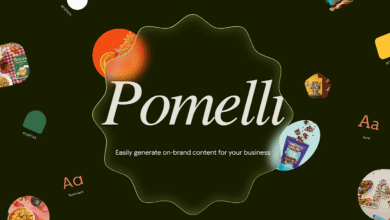Google Tests Opal: A New Vibe-Coding App

▼ Summary
– AI-powered coding tools are rapidly growing in popularity, with major tech companies adopting or developing their own versions.
– Google is testing a new vibe-coding tool called Opal, which allows users to create web apps using text prompts through Google Labs.
– Opal enables users to remix existing apps or build new ones by describing their vision, with Google’s AI models handling the development.
– The tool provides a visual workflow editor where users can view, edit, and manually adjust app creation steps before publishing.
– Google aims to target a broader, non-technical audience with Opal, joining competitors like Canva and Figma in no-code app prototyping.
Google has quietly introduced Opal, an experimental AI-powered coding tool designed to simplify web app creation through natural language prompts. Currently available to U.S. users via Google Labs, this new platform represents the tech giant’s latest move into the booming “vibe-coding” space, where intuitive interfaces replace traditional programming.
Unlike conventional development environments, Opal allows users to describe their desired app in plain text, then automatically generates a functional prototype using Google’s AI models. For those who prefer tinkering, the platform offers a gallery of existing apps that can be remixed or customized. Once generated, projects display a visual workflow breakdown, showing how inputs transform into outputs, a feature aimed at demystifying the app-building process.
The editor panel provides granular control, letting users modify prompts or insert additional steps manually. Finished creations can be published instantly and shared via link, allowing collaborators to test them without coding expertise. While Google already offers AI-assisted development through its AI studio, Opal’s streamlined, visual approach suggests a push toward broader accessibility, targeting entrepreneurs, designers, and other non-technical creators.
This puts Google in direct competition with platforms like Canva, Figma, and Replit, all of which have recently rolled out no-code or low-code tools to democratize app prototyping. As demand for intuitive development solutions grows, Opal could become a key player in reshaping how everyday users bring digital ideas to life, without writing a single line of code.
(Source: TechCrunch)





